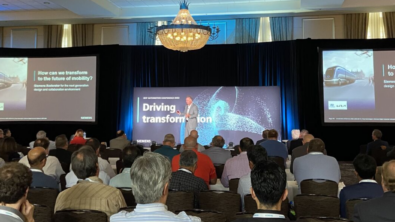Automotive cybersecurity best practices – the latest on what you need to know

These days, it’s easy to find stories about nefarious individuals hacking into the connected automobile.
Some of these stories are downright frightening.
But all is not lost. Automotive OEMs are instituting new measures to thwart would-be cyber attackers. As OEMs step up, so too are regulatory agencies and government bodies around the world. In many countries new legislation will help OEMs deal with the constant barrage of attacks.
Dealing with new levels of software
One of the primary challenges OEMs face when it comes to cybersecurity is the increased use of software. In fact, it’s been documented that there are more lines of code in today’s connected car than in other more sophisticated machines of our time such as the U.S. Air Force F-35 Joint Strike Fighter, the Boeing 787 Dreamliner, or the U.S Space Shuttle.
What’s happening is the hardware’s far more powerful these days, and as a result, millions of lines of code can be executed performing a myriad of complex functions. This in turn creates all these diverse computer systems inside the vehicle – many of which require an electronic control unit, or ECU, to execute a single capability. Cars with advanced levels of ADAS or autonomous vehicles can have close to 150 ECUs. And this number continues to rise.
It’s these ECUs that criminals often target.
A multi-layered approach to fighting cyberattacks
In the Siemens white paper, “Modern automotive cybersecurity through secure communication, strong authentication, and flexible firewalls” you’ll get an in-depth look at the various techniques to use to keep the hackers at bay.
This paper discusses the specific steps you can take to ensure the cybersecurity of a vehicle. Some of these areas include:
- Embedded firewalls built exclusively for ECUs
- Secure communication
- Authentication
These components comprise the multi-layered approach which is the focus of this paper. You’ll see how each component requires its own specific set of guidelines and considerations. The paper also discusses the many “attack surfaces” present in today’s connected automobile.
It’s imperative that the connected car earn the trust of everyone.
The steps and techniques discussed in this paper, are proven cybersecurity approaches automotive OEMs can employ to help build and foster that public trust.
I urge you to download and give this paper a read.
Scott Salzwedel is a senior technical writer and corporate communications writer involved in the Siemens Aerospace & Defense Industry and Siemens Capital. Scott is also the writer/host of the Siemens podcast Talking Aerospace Today.


